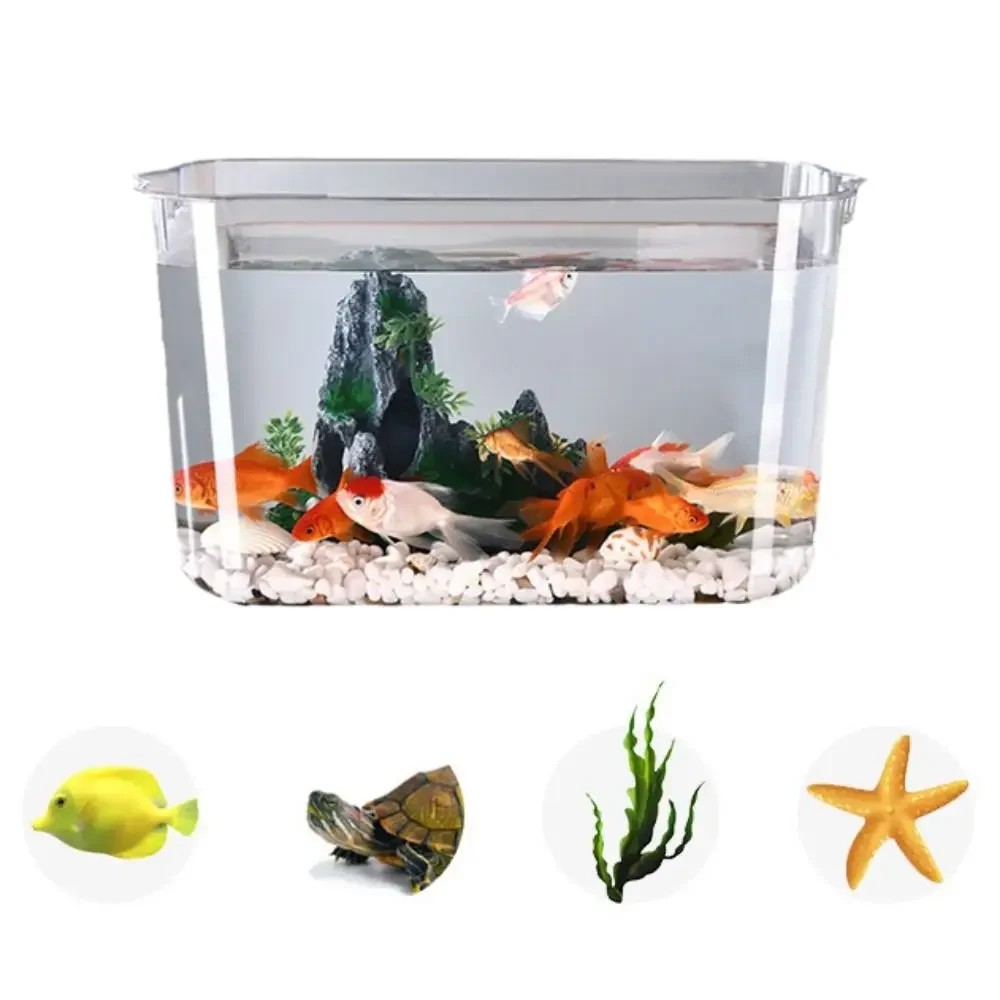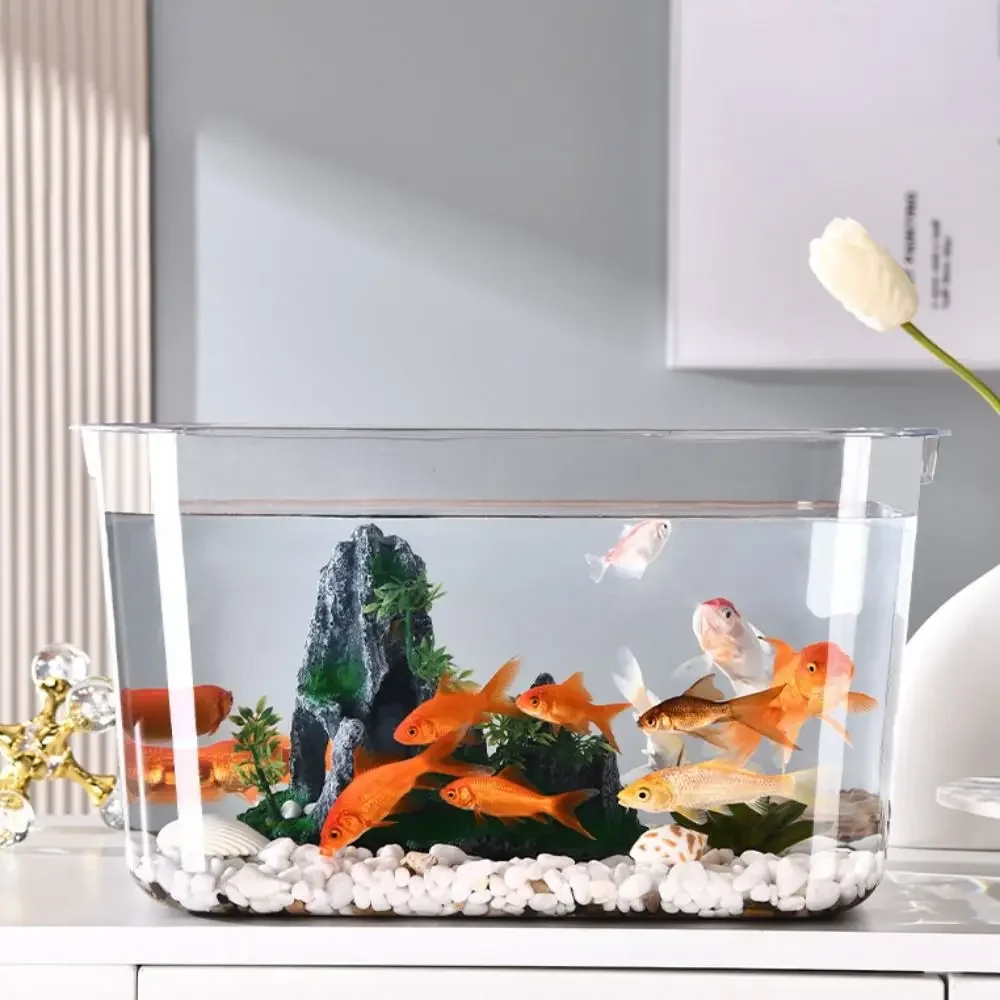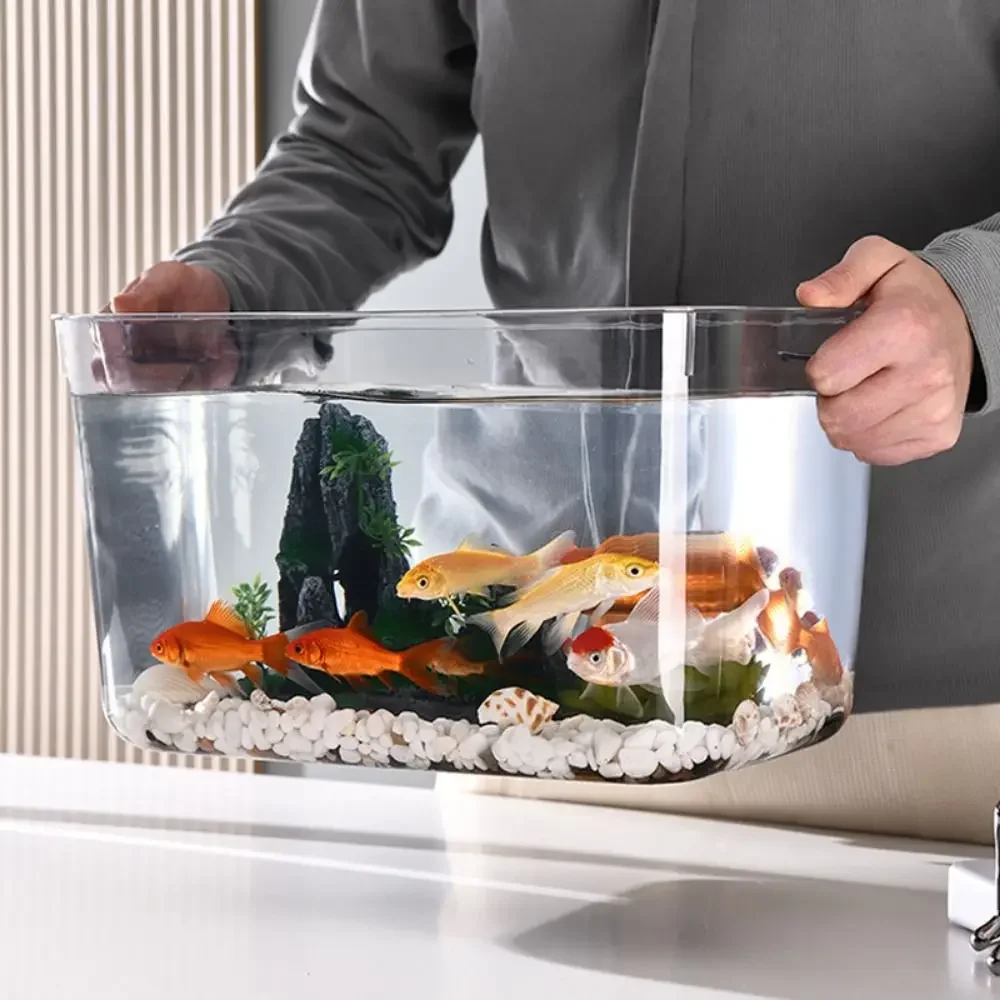Introduction: The Mysterious Case of Cloudy Aquariums
A clear fish tank is a beautiful aquatic exhibit, showcasing vibrant fish and intricate aquascapes. However, when the water turns cloudy, it can mar the visual appeal and indicate underlying problems in your aquarium’s ecosystem. Understanding why your fish tank looks cloudy and learning how to rectify it is essential for maintaining a healthy environment for your aquatic inhabitants. This comprehensive guide, “Clearing the Waters,” dives into the common causes of cloudy aquarium water and provides effective solutions to restore clarity.
Understanding the Types of Cloudiness
Cloudy water in aquariums can present in two primary forms: white or milky cloudiness, indicative of bacterial blooms, and greenish cloudiness, which points to algae overgrowth. White cloudiness often occurs in newly set-up tanks due to the cycling process, while greenish cloudiness signals excessive light or nutrients. Identifying the type is the first step in addressing the issue.

Bacterial Blooms: The New Tank Syndrome
New tank syndrome, characterized by a sudden onset of milky-white water, is common in recently established aquariums. This occurs when beneficial bacteria colonies are still establishing, leading to an imbalance in ammonia and nitrite levels. The solution lies in patience and consistency: perform partial water changes (around 20-30% weekly), avoid overfeeding, and ensure a steady but not excessive source of ammonia (from fish waste or an ammonia supplement) to facilitate the growth of beneficial bacteria.
Algae Overgrowth: The Green Menace
Green water, caused by a bloom of microscopic single-celled algae, can make your tank appear murky. Excessive lighting, lack of aquatic plants to compete for nutrients, and high nutrient levels (phosphates and nitrates) are common triggers. Combat green water by limiting light exposure to 8-10 hours daily, introducing fast-growing plants to consume nutrients, and using a UV sterilizer or natural methods like flocculants to clump algae particles for easier removal.
Overfeeding and Uneaten Food
Excessive feeding or uneaten food contributes to cloudy water by increasing organic waste in the tank. Decomposing food releases ammonia, promoting bacterial blooms. Stick to a strict feeding schedule, offering only what your fish can consume within a few minutes. Remove any leftovers promptly to prevent decay.
Filter Malfunction and Maintenance
A poorly functioning or inadequately sized filter is a common culprit for cloudy water. Filters remove debris, excess nutrients, and harmful substances, maintaining water clarity. Regular cleaning and maintenance, including replacing filter media as recommended by the manufacturer, are crucial. Upgrading to a more powerful filter or adding a secondary filtration system can also help in heavily stocked tanks.
The Importance of Water Changes
Regular water changes are the backbone of aquarium maintenance, helping to dilute pollutants and replenish trace elements. Aim for a 10-20% water change weekly, using a siphon to vacuum the substrate to remove detritus. Always treat tap water with a conditioner to neutralize chlorine and chloramines before adding it to the tank.
Testing and Monitoring Water Parameters
Understanding and maintaining optimal water parameters is vital for clear and healthy water. Test regularly for pH, ammonia, nitrite, nitrate, and hardness. Adjustments may be necessary through water changes, adding buffers, or using chemical treatments as guided by test results and species-specific requirements.

Biological Supplements for a Balanced Ecosystem
Introducing biological supplements like live bacteria cultures can accelerate the cycling process and stabilize the nitrogen cycle. These products can help establish a healthy bacterial balance more quickly, reducing the likelihood of cloudy water due to new tank syndrome.
The Role of Aquatic Plants
Aquatic plants play a dual role in maintaining clarity. They absorb excess nutrients that would otherwise fuel algae growth and release oxygen during photosynthesis, improving overall water quality. Incorporate a variety of plants, ensuring they receive adequate lighting and fertilization to thrive.
Patience and Persistence
Restoring clarity to a cloudy aquarium may not happen overnight. It requires patience, consistent maintenance, and a holistic approach to managing the ecosystem. Be prepared to monitor and adjust your strategies as needed, remembering that prevention is often easier than correction.
The Impact of Decorations and Substrate on Water Clarity
Aquarium decorations and substrate choices also contribute to water clarity. Excessive or inappropriate decorations can obstruct water flow, reducing the efficiency of your filtration system and allowing debris to accumulate. Opt for smooth, non-porous ornaments that won’t leach harmful substances and arrange them to ensure water circulates freely. As for substrate, fine-grained sands or gravels can release particles into the water column, causing cloudiness. Consider switching to larger, rounded grains that resist being disturbed or thoroughly rinsing new substrate before adding it to the tank.
Managing External Factors
External factors, such as ambient room temperature and humidity, can indirectly influence water clarity. Fluctuations in room temperature can affect the aquarium’s stability, potentially disrupting the bacterial balance. Maintain a stable room temperature and avoid placing the tank in direct sunlight or near heating/cooling vents. High humidity can encourage condensation on the tank walls, which can drip back into the aquarium, carrying dust and impurities. Regularly wiping the exterior of the tank can help mitigate this issue.
The Role of Fish Compatibility and Population
Overstocking your aquarium or housing incompatible fish species can lead to increased aggression, stress, and excessive waste production, all of which can cloud the water. Ensure you follow the ‘one inch of fish per gallon’ rule as a general guideline, adjusting for species-specific needs and adult sizes. Research the compatibility of your chosen fish to create a harmonious community that doesn’t overburden the ecosystem.
Advanced Techniques for Persistent Cloudiness
If standard remedies fail to clear persistent cloudiness, consider more advanced methods. Activated carbon filtration can help吸附 and remove impurities and discoloration from the water. Reverse osmosis (RO) or deionized water for water changes can eliminate problematic minerals and contaminants that contribute to cloudiness. For extreme cases, performing a large water change followed by a complete reset of the biological filter (referred to as a fishless cycle) might be necessary to reestablish a healthy bacterial colony.
The Art of Observation and Prevention
Ultimately, the secret to maintaining crystal-clear water lies in consistent observation and proactive care. Regular monitoring of your aquarium’s health and responding promptly to any changes can prevent minor issues from escalating. Keep a close eye on your fish’s behavior and overall tank appearance, and never hesitate to seek advice from experienced aquarists or professionals when in doubt. By staying vigilant and adopting a preventative maintenance routine, you can turn the art of aquarium keeping into a clear and rewarding hobby.
The Unexpected Impact of Human Activities
Aquarists’ activities, such as redecorating or handling fish, can inadvertently introduce impurities into the water, causing temporary cloudiness. Before putting your hands into the tank, ensure they are clean and free of soaps or lotions. When redecorating or adding new elements, do so gradually and with care to minimize disturbance. Post-maintenance cloudiness usually resolves itself within a day or two as the filter catches up with the increased debris.

Conclusion: Clearing the Path to a Sparkling Aquarium
Cloudy water in your fish tank is not only visually unappealing but can signal underlying imbalances that threaten the health of your aquatic pets. By understanding the causes and implementing the strategies outlined in “Clearing the Waters,” you can effectively troubleshoot and correct these issues. Remember, a healthy aquarium is a result of diligent care, patience, and a commitment to maintaining a balanced ecosystem. With time and effort, your fish tank will regain its crystal-clear beauty, reflecting a thriving aquatic world.










